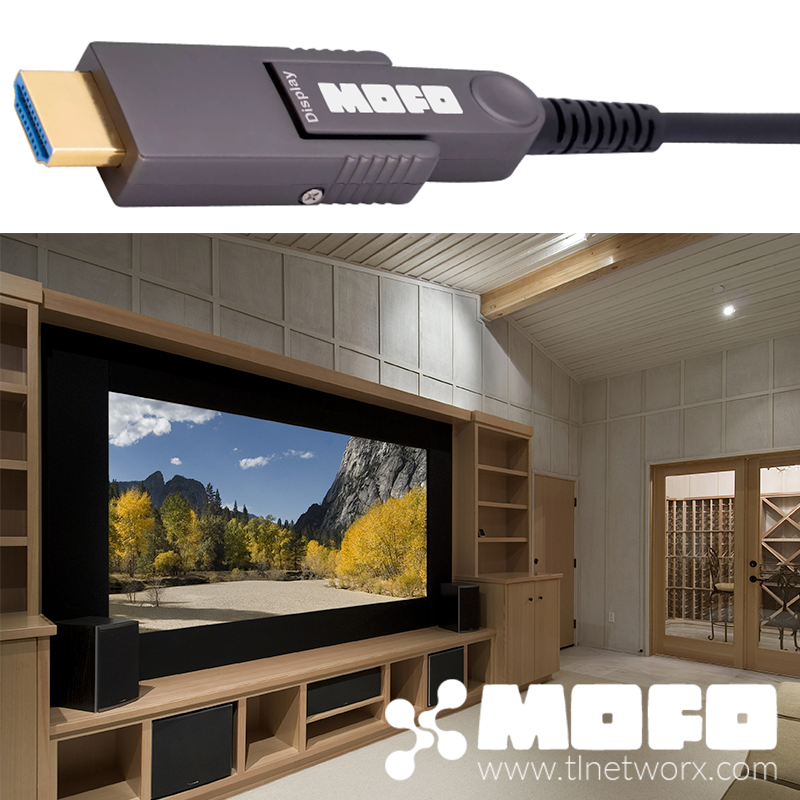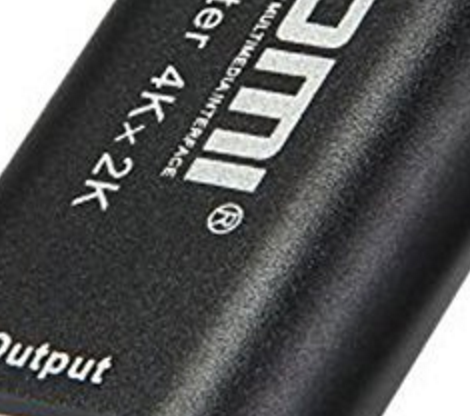What you (and most manufacturers) don't know about HDCP 2.2

HDCP has been the bane of audio-visual professionals since it debuted over a decade ago. Designed to prevent the illegal copying and distribution of digital content, HDCP can wreak havoc on the distribution of HDMI signals; however, it's ultimately necessary to protect the interests and investments made by the ultimate content producers (i.e., motion picture studios).
Any professional who's plugged in more than one HDMI cable has undoubtedly figured out how to navigate the intricacies of HDCP, and they've undoubtedly discovered the disparity between "cheap" gear and professionally designed gear.
The problem is most systems have been based on HDCP 1.4 (or earlier) protocols, and there is a significant difference between the latest revision, known as HDCP 2.2, and its predecessors.
For starters, HDCP 2.2 is the first version that's not backwards compatible. That's right, new devices that use HDCP 2.2 technology will not work with older devices that use previous versions. This creates a firm barrier between TVs, media players, Blu Ray players and other devices manufactured before and after 2013.
Second, HDCP 2.2 is designed to be network compatible. This means the plethora of AV over IP products streaming into the market can leverage the latest and greatest encryption protocols.
Third, HDCP 2.2 has a much lower max device limit than its preceding revisions. HDCP revisions 1.0 - 1.4 supported up to 128 devices downstream, whereas HDCP 2.2 only supports up to 32. This is a significant problem for larger systems with lots of integrated displays. It's also a point that many manufacturers don't realize, as they are marketing huge distribution capabilities touted with HDCP 2.2.
All that said, DCP (the organization behind HDCP) recognizes these challenges and has proposed HDCP 2.2 Pro, a version allowing an unlimited version of downstream devices. The only catch is:
- Licensed HDCP Pro repeaters will be required,
- Only authorized installers will be allowed to buy and integrate them -- and the authorization has to come from DCP,
- Only projects that fit the criteria of an HDCP Pro White List will be allowed, and
- Systems with Pro repeaters will require updating four times per year.
This will surely separate audio-visual professionals between the best and the rest--a great thing for consumers--but it will also make systems more complex and more expensive, both at inception and during the life of the system.
Additional information on HDCP licensing is available on the Digital Content Protection website. Integrators and installers should visit the Professional Information page.
For additional reading, Biamp published a great blog post on the topic.




Comments